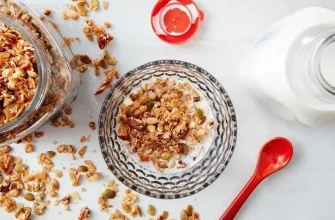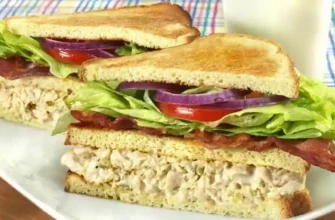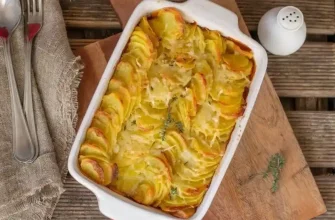Spring rolls – those crispy, bite-sized, flavor-packed delights – have captured the hearts of food lovers worldwide. Whether served as a snack, appetizer, or even a main course, they’re as versatile as they are delicious. But before you get rolling, it’s essential to know the ropes to make the perfect spring rolls.
In this guide, I’ll walk you through everything you need to know, from the basic recipe to tips, variations, and the occasional red flag to watch out for. I’ve seen and tasted it all over the years, and I’m here to share what I’ve learned. Let’s roll up our sleeves and get into it!
What Are Spring Rolls?
Spring rolls are a popular dish in many Asian cuisines, though they are particularly well-known in China, Vietnam, and Thailand. The name “spring roll” might conjure up images of a light, crunchy snack, but in fact, they come in two primary forms: fried and fresh.
- Fried Spring Rolls: Typically filled with vegetables, meats, or seafood, these rolls are wrapped in thin rice paper or flour-based wrappers and deep-fried until golden and crispy.
- Fresh Spring Rolls: These are not fried, and instead, the rice paper is moistened and filled with fresh vegetables, shrimp, pork, or even tofu, along with herbs like mint and cilantro. They’re usually served with a dipping sauce.
Each region and cook brings their own flair, but the essentials remain the same: a wrapper, a filling, and a good dipping sauce.
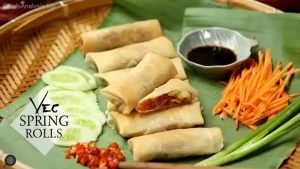
Essential Ingredients
You can’t make spring rolls without the right ingredients. Here’s what you need:
1. The Wrapper
- Rice Paper (for fresh spring rolls): This thin, translucent wrapper is a hallmark of Vietnamese and Thai spring rolls. It’s made from rice flour and water, and you’ll need to soften it in warm water before wrapping.
- Wheat Flour (for fried spring rolls): This is a slightly thicker, more pliable wrapper commonly used in Chinese spring rolls. It’s typically crispier when fried.
2. The Filling
The beauty of spring rolls lies in their flexibility – you can fill them with virtually anything you like! Some classic options include:
- Protein: Shrimp, chicken, pork, tofu, or beef.
- Vegetables: Lettuce, carrots, cucumbers, bell peppers, cabbage, and bean sprouts are popular choices. Remember, crunchy is key.
- Herbs: Fresh mint, cilantro, and basil will elevate your rolls.
- Rice Noodles: Often included in fresh spring rolls for extra texture.
- Dips & Sauces: A peanut sauce, hoisin sauce, or a tangy fish sauce are the typical accompaniments.

3. The Seasoning
Spring rolls are all about freshness and balance. The fillings should be lightly seasoned with salt, pepper, garlic, and sometimes a splash of soy sauce or fish sauce.
How to Make Fresh Spring Rolls
Step 1: Prepare the Ingredients
- Protein: Cook shrimp or chicken as needed, slice thinly.
- Vegetables: Julienne carrots, cucumbers, and any other veggies you want to include. Keep everything fresh and crunchy.
- Rice Paper: Fill a large bowl with warm water. Submerge a rice paper sheet for about 10-15 seconds, just until it softens. Don’t let it sit too long; it’ll get too sticky to work with.
Step 2: Assemble the Roll
- Lay the softened rice paper on a flat surface.
- Place your ingredients in a horizontal line on the lower third of the rice paper.
- Begin by folding the bottom over the filling, then fold in the sides and roll tightly to close it up like a burrito.

Step 3: Serve
Fresh spring rolls are best served immediately. If you must prepare them in advance, cover them with a damp cloth to keep them from drying out. Serve with a dipping sauce, typically a sweet and savory peanut or hoisin sauce.
How to Make Fried Spring Rolls
Step 1: Prepare the Filling
For fried spring rolls, you’ll want to cook the filling in advance, as frying raw ingredients will result in a soggy mess. A basic filling could include:
- Ground pork or chicken
- Shredded cabbage
- Mushrooms
- Carrots
- Bean sprouts
Cook everything together in a pan with some oil, garlic, soy sauce, and a pinch of salt.
Step 2: Roll the Spring Rolls
- Lay a sheet of wheat flour wrapper flat on your work surface.
- Place a small amount of the cooked filling in the center of the wrapper, fold in the sides, and roll it tightly, sealing the edge with a bit of water.
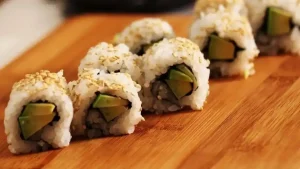
Step 3: Fry
Heat oil in a frying pan to medium-high heat. Carefully fry the spring rolls in batches until golden brown and crispy. Drain on paper towels to remove excess oil.
Common Mistakes and How to Avoid Them
Making spring rolls may sound simple, but like any great dish, there are pitfalls to avoid:
- Using Too Much Filling: Whether fresh or fried, don’t overstuff your spring rolls. They won’t roll properly and may burst open during cooking.
- Not Sealing the Wrapper Properly: For fried rolls, make sure the wrapper is sealed tightly, or the filling may escape.
- Not Using Fresh Ingredients: The key to great spring rolls is using fresh ingredients. Stale or wilted herbs and veggies will make the rolls soggy and unappetizing.
- Overcooking or Under-soaking Rice Paper: Fresh spring rolls require just a quick dip in warm water. Too much soaking, and the paper will tear. Too little, and the wrapper will be too stiff.
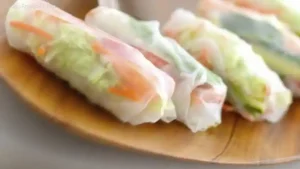
Spring Rolls Around the World
Spring rolls have different names and variations depending on where you are. In Vietnam, they’re known as “gỏi cuốn,” in Thailand as “po pia sod,” and in China, they’re simply called “chūn juǎn” (春卷). No matter what you call them, the basic principles of spring rolls remain the same.
In some regions, you might find deep-fried spring rolls stuffed with ingredients like sweet potatoes or red bean paste. In others, spring rolls are served with unique dipping sauces that add another layer of flavor.
Variations to Try
If you want to get creative, there are plenty of variations to explore:
- Vegan Spring Rolls: Swap out meat for tofu or extra vegetables. You can even add quinoa for a protein boost.
- Breakfast Spring Rolls: Try filling your rolls with scrambled eggs, bacon, and a little avocado. Yes, really – they’re delicious!
- Dessert Spring Rolls: Sweet versions of spring rolls are gaining popularity. Fill them with bananas, chocolate, and coconut, and fry them up for a crispy, sweet treat.
Real People’s Opinions on Spring Rolls
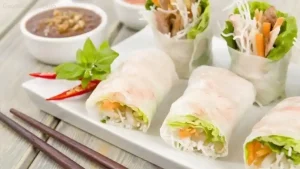
Here’s what some everyday folks have to say about spring rolls:
- Anna (35, USA): “I love making fresh spring rolls on weekends with my family. It’s a fun, interactive meal. I just wish the rice paper wasn’t so difficult to handle sometimes!”
- Carlos (42, Mexico): “I make fried spring rolls as a snack for my kids, but I always end up with a greasy mess. The trick is to drain them well and make sure the oil isn’t too hot.”
- Siti (28, Singapore): “I grew up eating spring rolls, but I never liked the soggy ones! My mom always reminded me to roll tightly and eat them fresh. It works every time!”
- Chen (56, China): “For me, the key to perfect spring rolls is balance—crunchy fillings and crispy wrappers. I always add a little bit of pork and mushrooms to get that umami flavor.”
- Haruto (60, Japan): “I’m not a fan of deep-frying, so I stick to fresh rolls. I love how versatile they are, and I can make them with whatever vegetables I have in the fridge.”
Final Thoughts
Spring rolls are much more than just food – they’re a cultural staple, a community experience, and a great way to enjoy fresh, healthy ingredients. While they may require some practice to perfect, the payoff is totally worth it. Whether you prefer fresh or fried, the joy of a homemade spring roll is hard to beat.
So roll up your sleeves, gather your ingredients, and give it a try. Who knows? You might just discover your new favorite snack!


